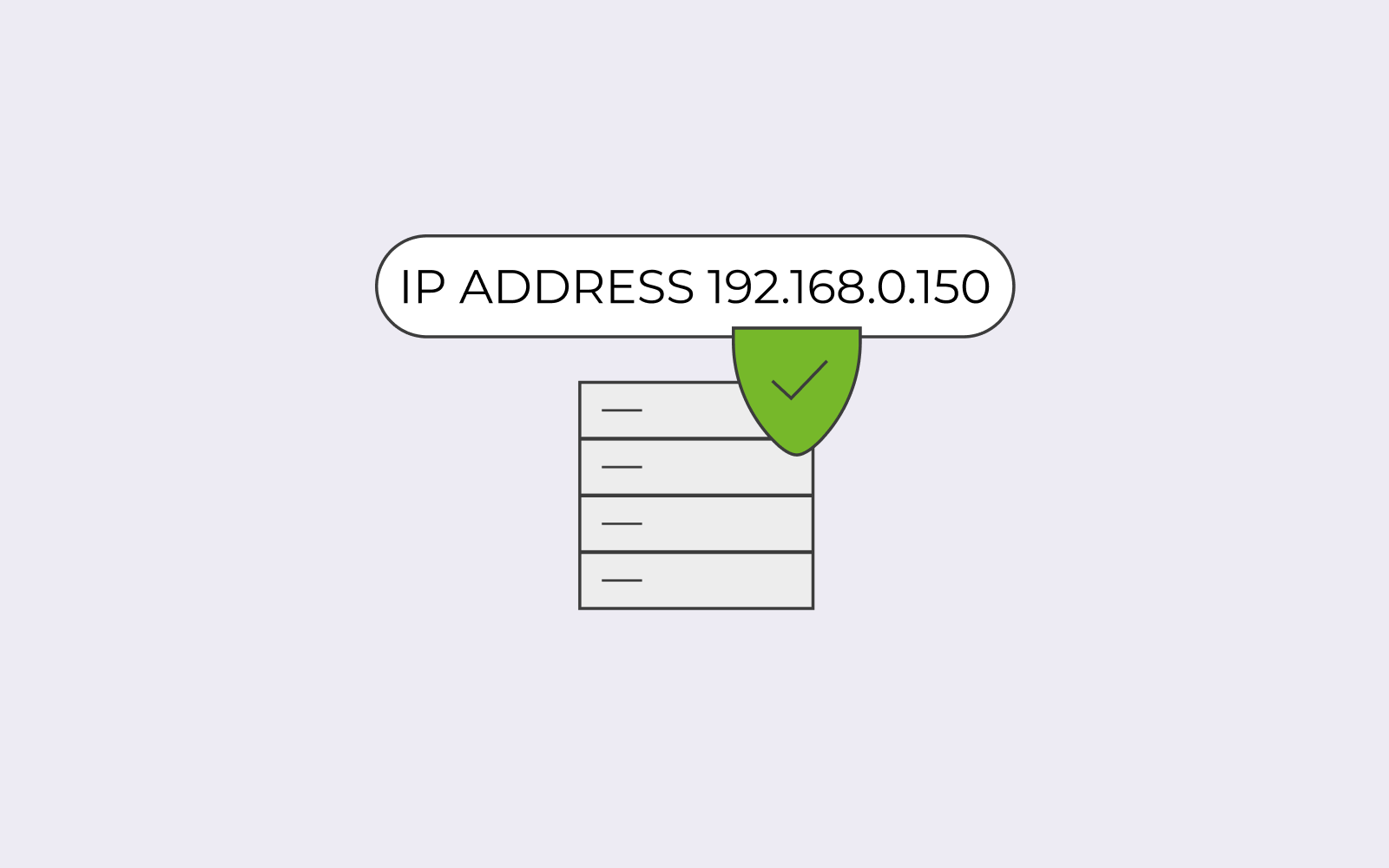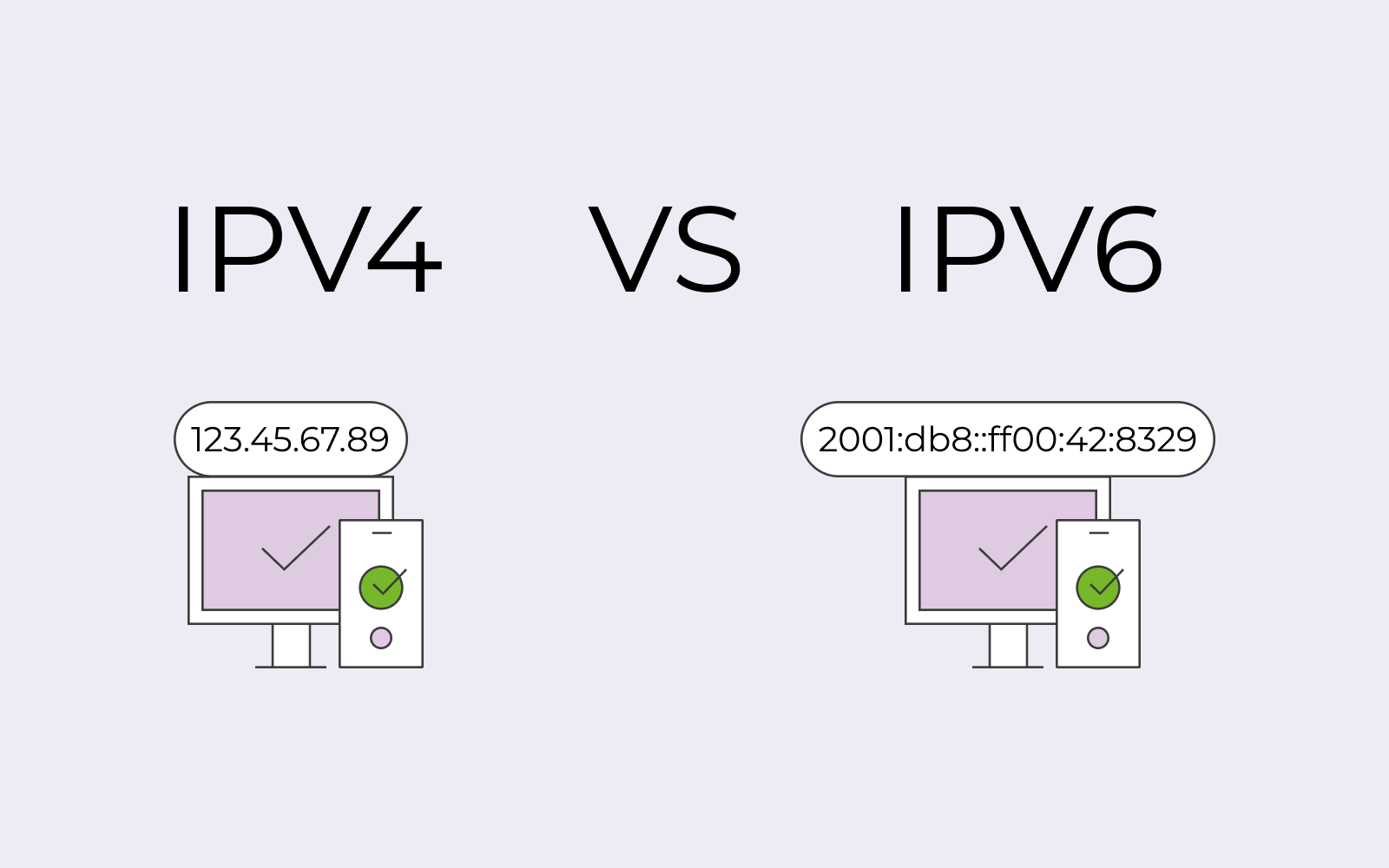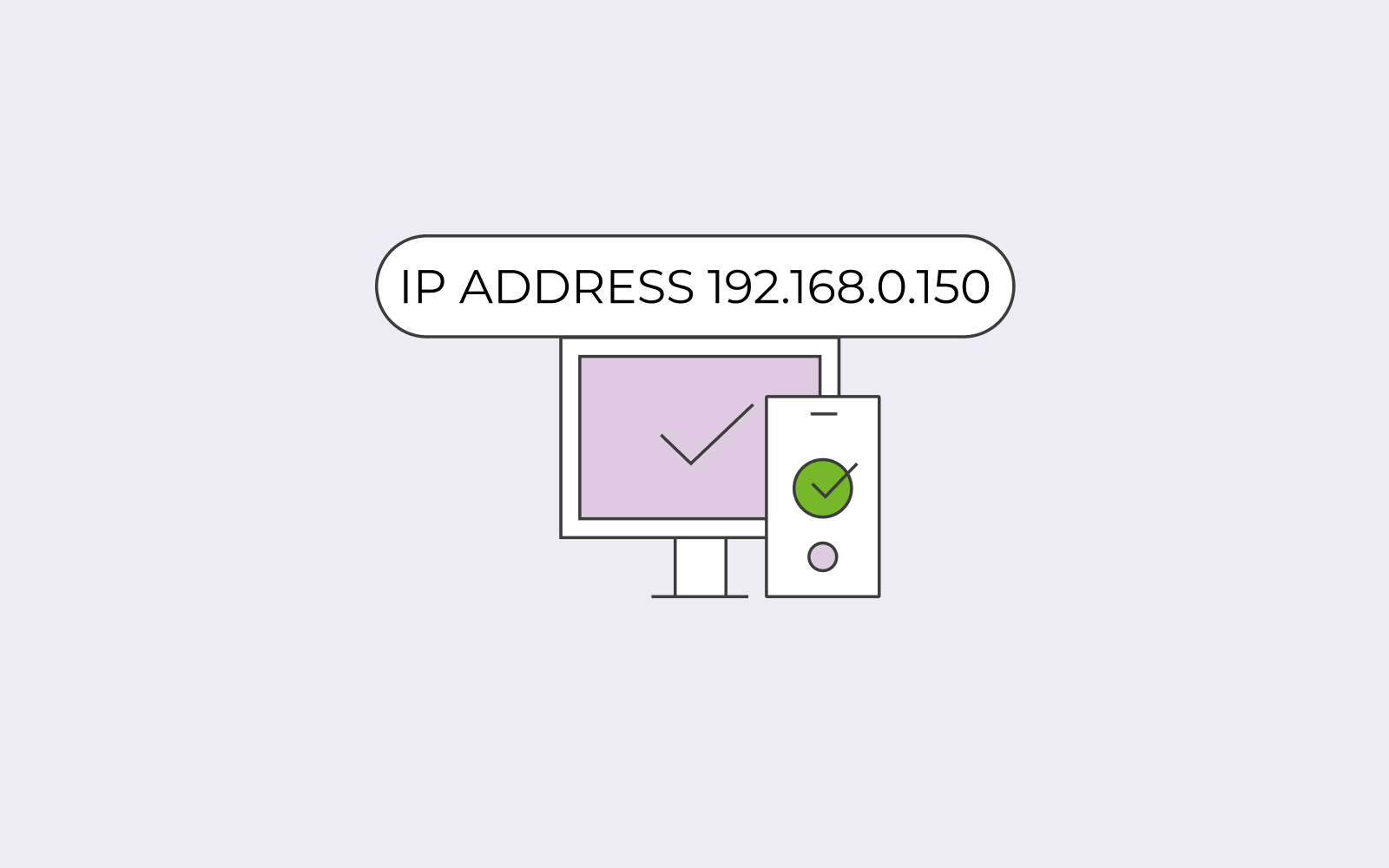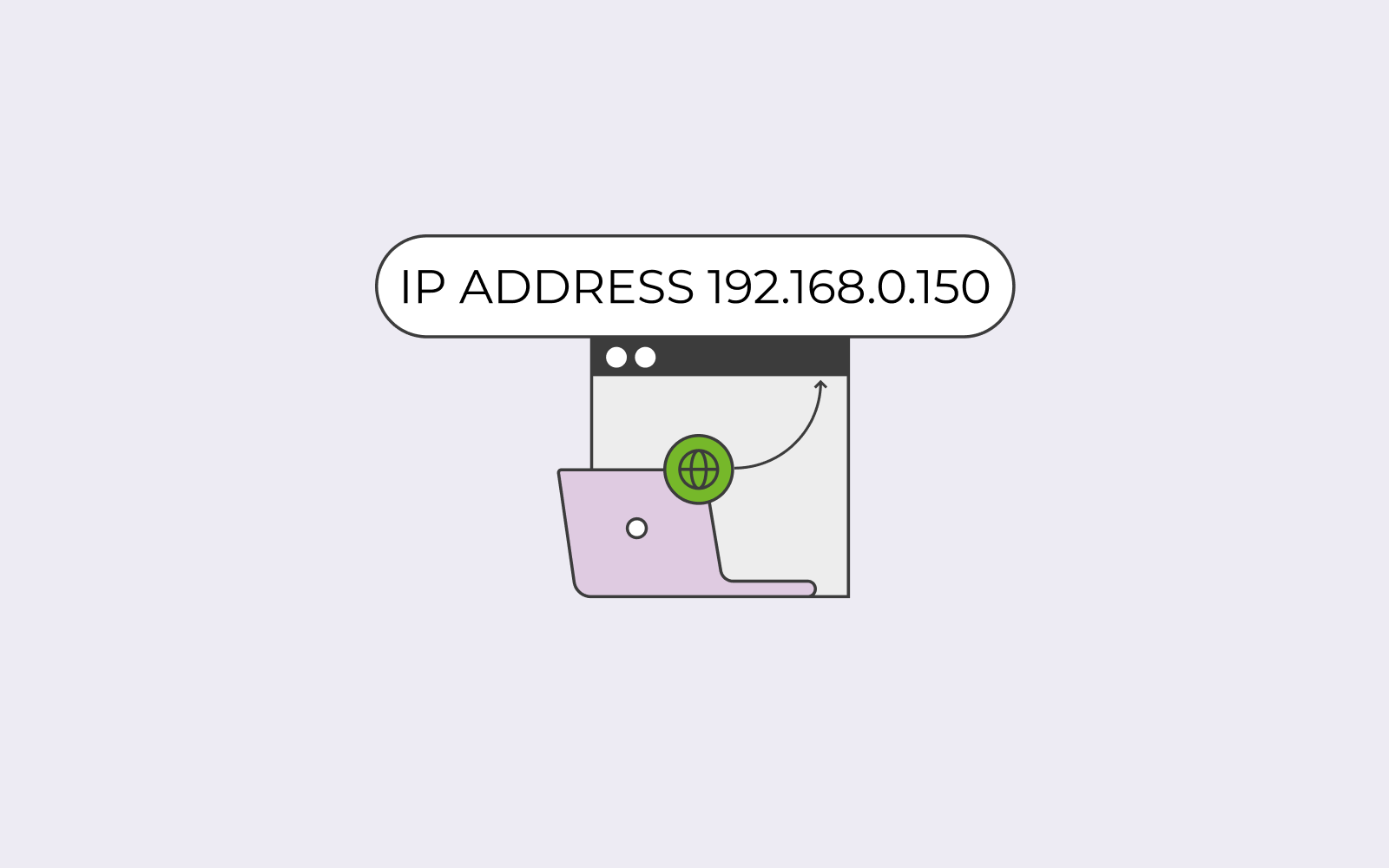What is IPv6?
The difference between IPv4 vs IPv6
Brief Summary
IPv6 is a type of internet protocol that allows devices to communicate with each other over the internet. It is an updated version of the older IPv4 protocol.
First and foremost, IPv6 stands for Internet Protocol version 6. IPv6 is an address that supports our use of internet devices. IPv6 is the successor of IPv4. As we increase the number of internet devices we use, we also need to increase the number of IP addresses available to support these internet devices. Before we dive in and explain in detail what IPv6 is, let’s give you an explanation of IP addresses.
What is an IP address?
You might have heard of IP (Internet protocol) addresses before. Whenever you go online with a new device, your internet service provider provides your device with an IP address that can be identified by anyone who wants to connect with you. Thus, IPv6 address is your internet protocol address.
IP addresses exist so that your device can be located. An IP address looks something like this: 192.168.1.1. Think of these numbers as street addresses and flat numbers (a network portion and a host address portion). Hundreds of flats use the same number, right? For example, if you live in flat number 3, the building next to yours probably also has a flat that’s numbered 3. How do you then know which flat is your flat? Well, what follows the flat number is the name of the building or street address. Every flat has its own unique number so that people can send you packages, identify, and locate where you live. The same applies to IPv6.

If you didn’t have an IP address right now, you probably wouldn’t be able to read this article on your desktop or mobile phone. This is because the browser sends the information to your IP address, just like how you receive packages.
IPv4 vs IPv6
Let us give you a brief explanation of what an IPv6 address is. Before the IPv6 address, there was IPv4. IPv4 is the only other viable version available in the Internet world. As things stand right now, it’s IPv4 vs IPv6.
IPv4 was introduced in 1980. As explained above, it is a technology that enables us to connect our devices (whether it is your laptop or mobile phone) to the internet. IPv4 uses four numbers separated by three periods. In other words; a sequence of 32-bits.

Although IPv4 is considered the backbone of modern internet, there is a problem. The problem is the reason why people are now transitioning into IPv6. IPv4 uses a 32-bit addressing scheme to support devices. The 32-bit corresponds approximately to 4.3 billion devices. It might sound like a large amount, but it’s not. The problem is that there are far too many devices in the world today compared to 1980. Think of a person who owns a laptop, a mobile phone and a smartwatch. That’s three IP address for one person. The world needs an internet protocol that can support more than 4.3 billion. Hence, why IPv6 exist.
IPv4
You might then wonder how we have managed to use IPv4 for so long? IPv4 is using the help of NAT (Network address translation). There are public and private IP addresses. If you want to browse the internet, you must have a public IP address.
Private IP addresses are only used internally, whether at home or the office. If you have three devices in your household, you are most likely not using three public IP addresses because that is too expensive and a waste of public IP addresses. Keep in mind that we only have 4.3 billion of them. To be able to browse the internet at home without wasting public IP addresses, we can use a router that will assign our devices with private IP addresses. When you want to browse the internet, your device’s private IP address will be translated in NAT to the one public address that we have been given for the entire household. This is so you don’t have to have three IP addresses for every device in your home. Basically, NAT translates private to public and public to private.

However, this cannot continue because of security issues.
What is IPv6 again?
So what is IPv6 then? IPv6 can support 128-bit scheme addresses and allows 340 trillion, trillion, trillion, basically triple trillion, devices to have its own unique address. It improves performance and can auto-configure themselves. It will no longer need the use of NAT. More importantly, it’s more secure.
IPv6 is the new modern internet. With the number of smartphones, smartwatches, smart tablets etc. that exists, we will need all the IP addresses possibly.
IPv6 addresses at one.com
At one.com, we have completed the migration of all subscriptions to the IPv6 standard.
The benefits of implementing IPv6 for us users are:
- Your DNS (Domain Name System)
Your DNS settings in your Control Panel have probably gotten just a bit more granular. For instance, you can now turn on and off access to your domain via IPv6 by toggling the respective “standard web DNS settings.”
- No delays
As more and more internet service providers allow their customers to access the internet via IPv6 by default, this will reduce latencies.
- Future-proof
Most importantly, your domain has just gotten future-proof, and you didn’t even have to lift a finger for it, allowing you to take care of the things that matter the most: building your website!

The deployment of IPv6
Not everyone has deployed IPv6 as we have at one.com. Although the deployment process may be complicated, time-consuming, and cost a lot, it’s still ongoing. Japan, India, and the United States are leading the deployments of IPv6, but many more companies and countries will follow.
Don’t be concerned with the fate of IPv4 and our existence on the World Wide Web. Technically we ran out of IPv4 address sometime between 2011 and 2018. This does not mean that IPv4 will be shut down as many people reuse and sell Ipv4 addresses. It will more likely be a natural transition into IPv6 without anyone noticing.
